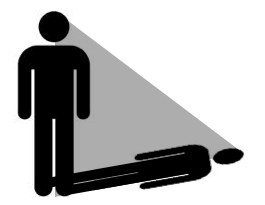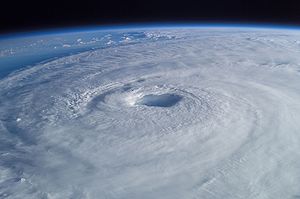Physicist: If you think of a shadow as the lack of light created by an object blocking a light source, then shadows are 3-D. After all, it’s dark everywhere behind an object, not just on the surface of another object.
If, on the other hand, you define a shadow to be what we see and intuitively think of (the dark, parroting person on the wall, with whom you can shadow box) and not the volume in between, then shadows are 2-D.
However, that second definition is a little abstract, because there’s no real physical significance. You could say that the border between countries is a one dimensional line along the ground, but there are no physical laws that have anything to do with national borders, so it doesn’t matter.

Defining exactly where the surface of an object is (what with all of their atoms) is like trying to define exactly where the surface of a ball pit is.
It’s impossible to get something that’s genuinely 2-D in our universe for several reasons, the simplest of which is that atoms themselves are 3-D. So even the flattest flat thing will still have some 3-D-ness (at least a quarter of a nanometer or more). That said, there are innumerable examples of things that behave as though they were 2-D. In situations where one direction is restricted compared to the others you’ll often find that the physics follows suit.
For example, ripples on the surface of water are an example of 2-D waves that behave very differently from ordinary 3-D waves. Weather systems that are substantially bigger across than they are tall, like hurricanes (e.g., Sandy was about 800 miles across, and only about 5-10 miles high), roughly obey 2-D fluid dynamics. Normally the energy in a fluid (or gas) starts out with big eddies and moves into smaller and smaller eddies (you can see this if you pour cream into some coffee and then stare at it). However, very weirdly, in a 2-D fluid you find that the opposite tends to be true: energy starts out in small eddies and moves to larger.
If it weren’t for the flatness of the atmosphere (and some obscure math involving “entropy flow” in 2-D fluids) we wouldn’t get hurricanes!









26 Responses to Q: Are shadows 2-dimensional? Are there any real examples of 2-dimensional things in the universe?